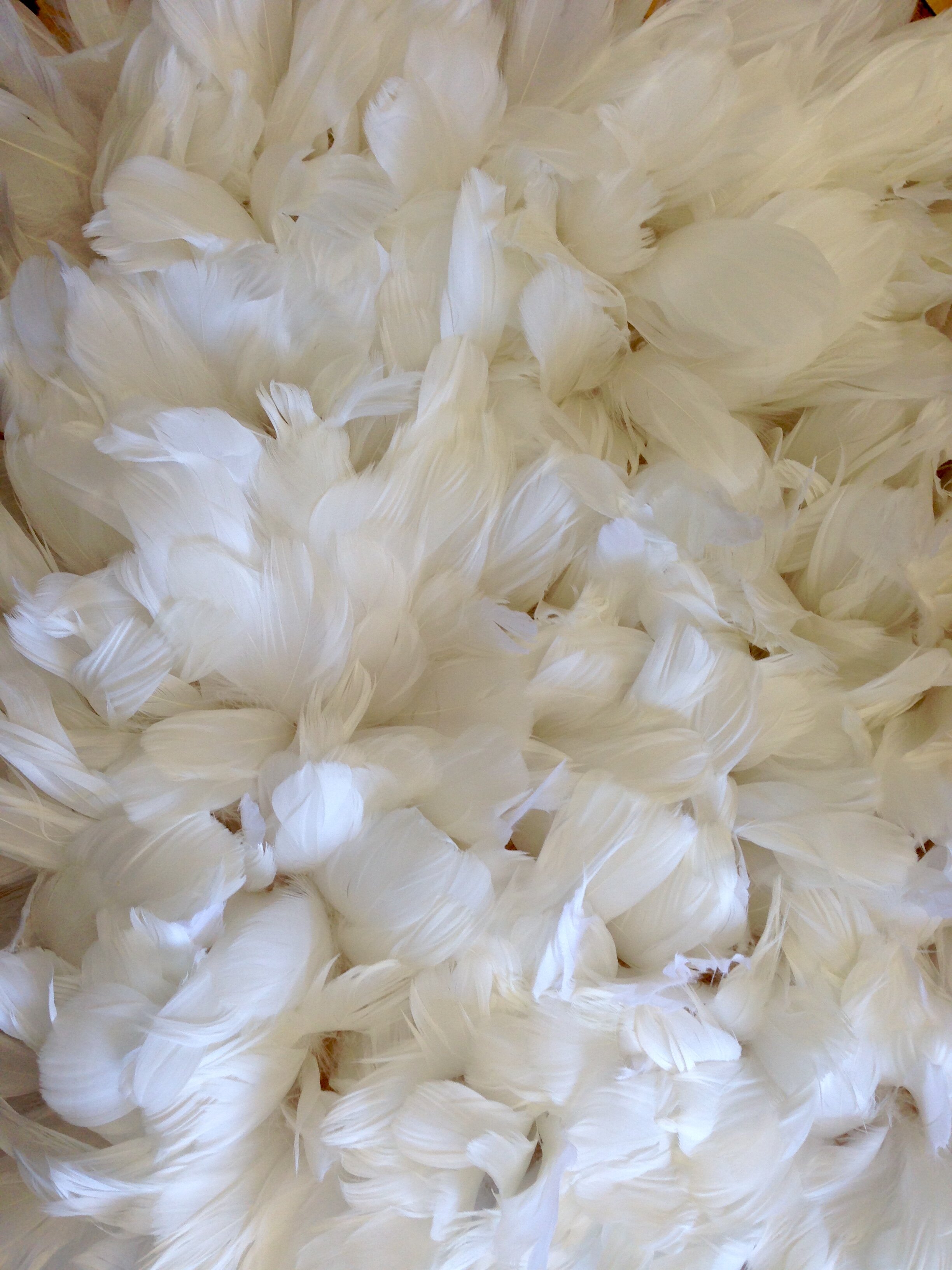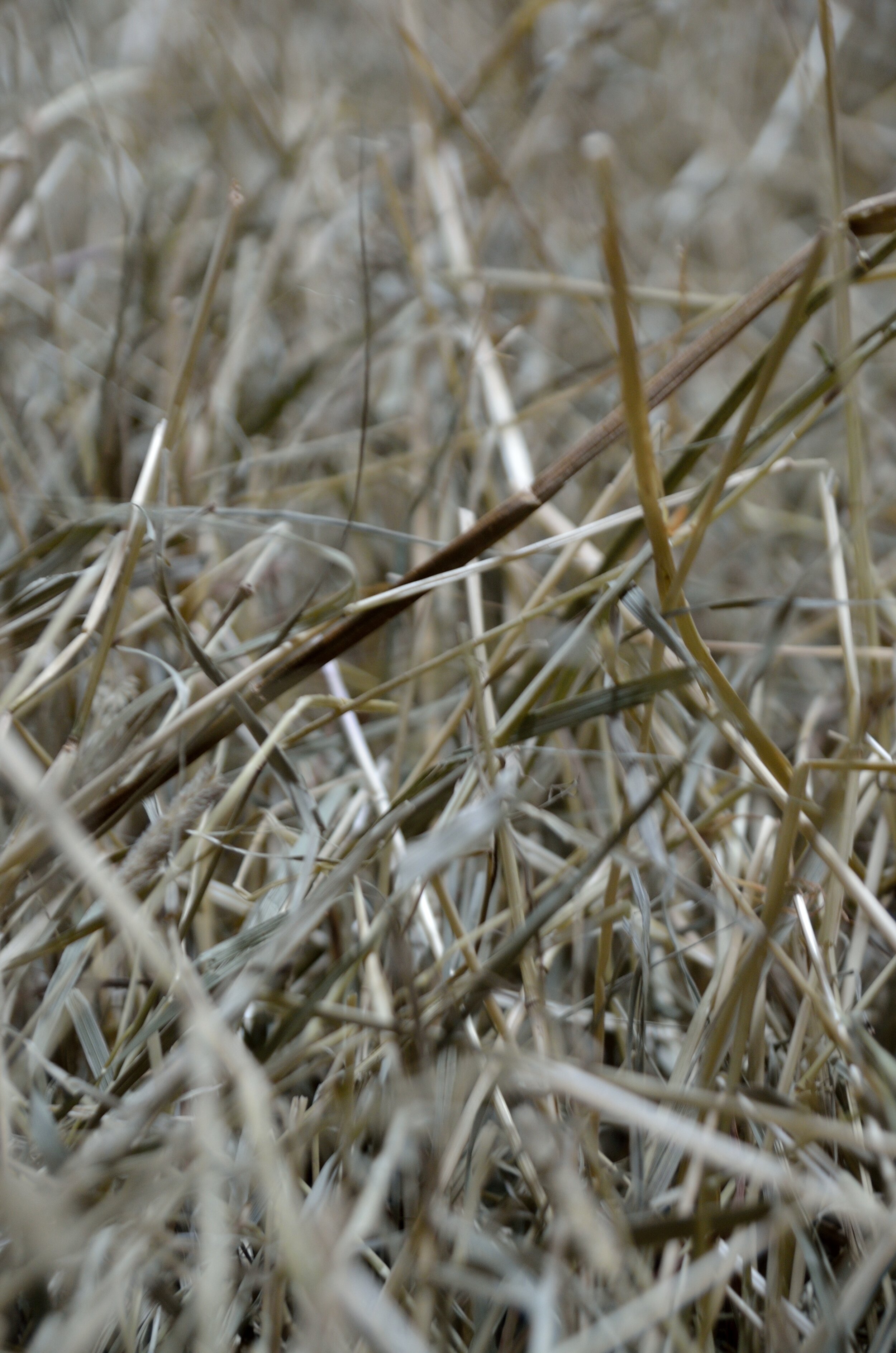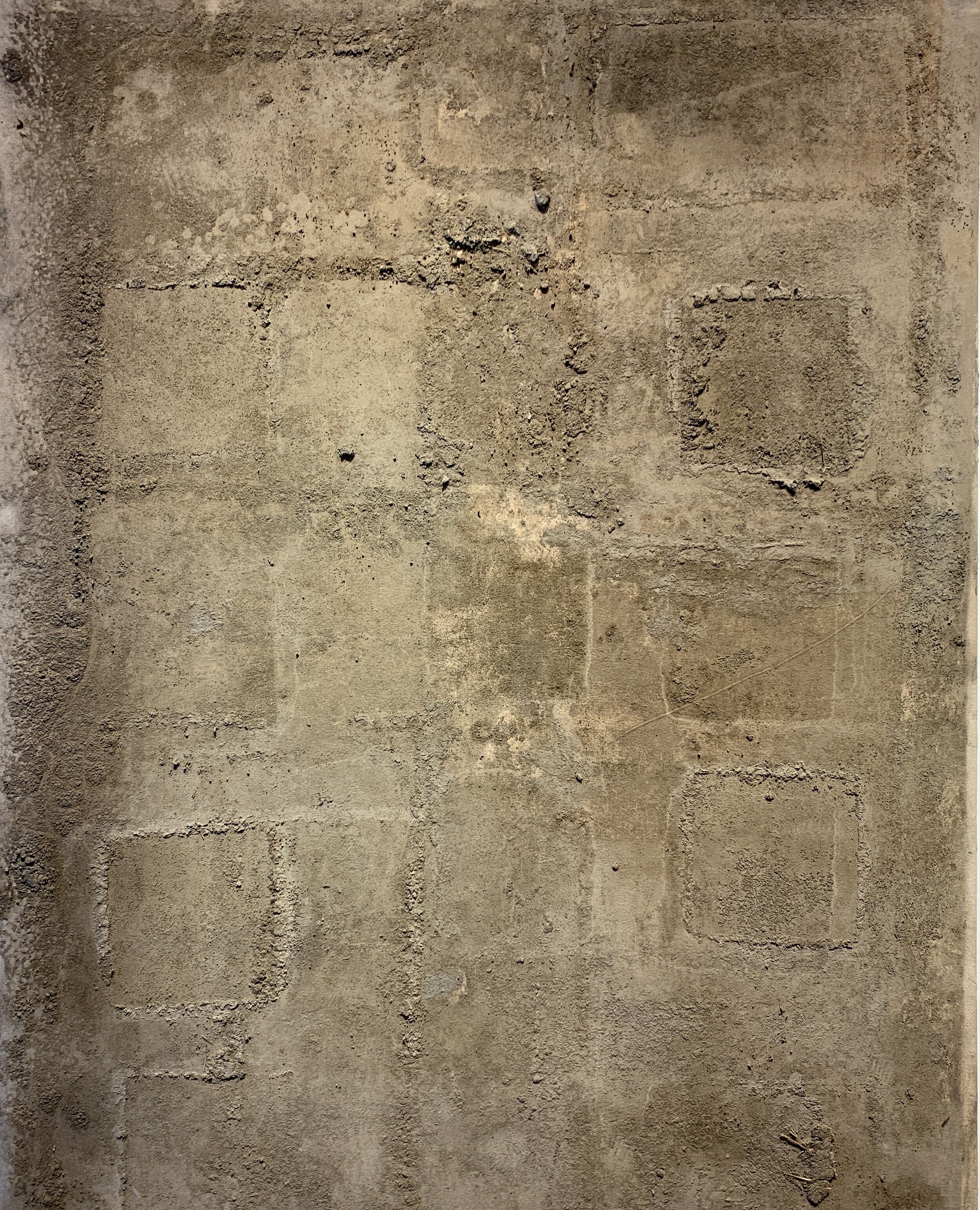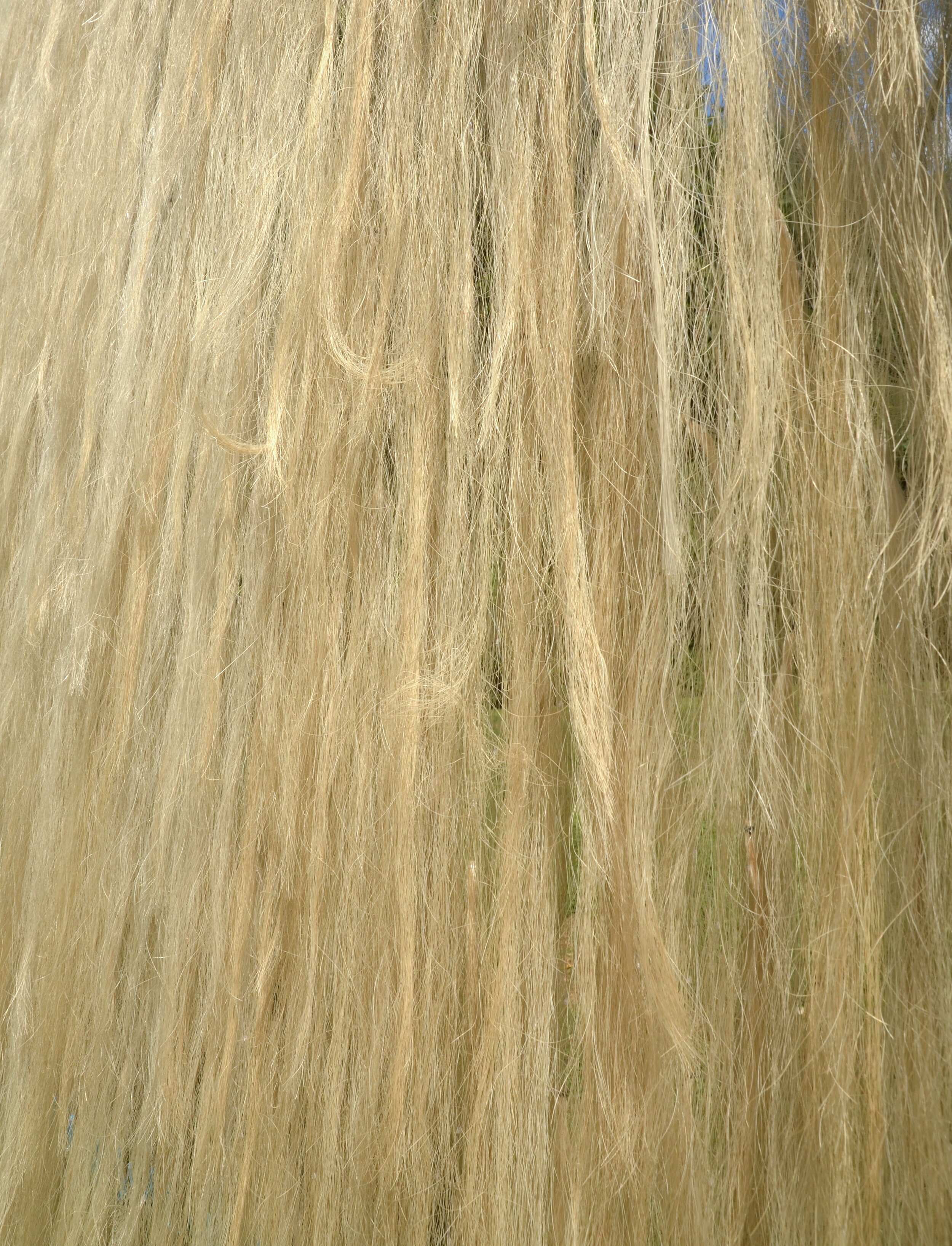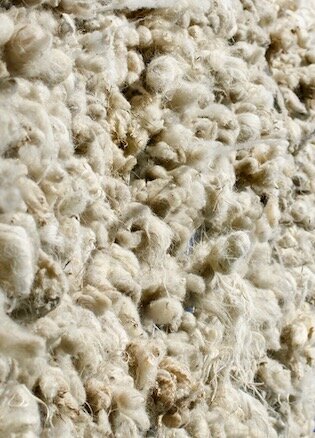← PORTFOLIO
An installation of wool, honey, steel and intestines at the A.P.E. gallery in Northampton, Massachusetts, 2009
Click HERE to see a video of the installation
The concept of Other has long interested me. I can know myself, in part, by understanding the Other, whether it be male, female, animal, nature or the unconscious.
My work is about getting to know the natural material I have collected from area farms and redefining it. I manipulate, stretch, freeze, burn, fill, and twist. I let weather and time participate in the process. The lanolin of the sheep’s wool gets on my skin, the beeswax responds to the warmth of my hands. Even working with the slippery nature of hog intestines, filling them with all sorts of materials, I get lost in shape, translucency, texture and smell.
The pieces chosen for this show knock on the door of the unconscious, provoking a visceral recognition and primitive response. They represent the mysteries of our lives, such as the amazing process of pregnancy and birth, metamorphosis of adolescence, the decaying of aging and death, and the impossibility of permanence.
Other writing from In the Skin of the Other
The first thing you notice when you enter A.P.E. gallery is the smell. A mixture of familiar and unmistakable scents, such as, honeycomb and lanolin from sheared wool, as well as the unfamiliar smell of dried intestines. Undergraduate courses in human and biological sciences, a vocation in outdoor and farming education at the Waldorf school in Hadley Massachusetts, and raising bees in her childhood fields, deeply inform Nancy Winship Milliken’s choice of material.
For the large wall of wool, Mother, that anchors the back wall, Milliken collected wool from area farms and kept it in the raw, with the hay still stuck on. The size, texture and smell calls to question human’s relationship to nature. The viewer is either in a place of submission confronted by an animal larger than it should be, or completely comforted by security and familiarity. This was a pivotal piece for Milliken’s development. Working on Mother taught Milliken that the nature of the materials she works with have the ability to express concepts more directly and clearly than other art forms. Because she has a relationship with these natural materials there is authenticity in her work and a reverence for the mediums she chooses.
Milliken employs the natural tendencies of the materials to enhance her conceptual themes. In Defense of the Stork is a hollow form in the pendulous shape of a stork sac or womb made of beef and hog intestines. The translucent nature of the dried intestines allows one to see the pupae forms inside the sac/womb. The ripped and deteriorated nature of the womb or sac suggests either an animal ripping it’s way out to be born or refers to the transient phase of pregnancy, or the passing of the fertility stage in an woman’s aging body.
The exhibition has disparate entities within the gallery. One is drawn to the natural translucency of the intestine forms and the delicate fragility of honeycomb in contrast with the dense opaque nature of the woolen forms. There is life and death, translucency and opacity, delicacy and brutality all within the gallery walls as a direct reference to life.
There is no mistaking the fact that Milliken is questioning the ephemeral. Her sculptures mirror our lives not only in content (themes of birthing, adolescence, and death), but also the natural change of the materials as they react to elements and time. The wool, honey and intestines all change in their own ways to temperature, sunlight and humidity. Even the bronze of The Impossibility of Permanence has no sealant and will darken as the exhibition continues. Her photographs are documentations of sculptures that lasted only hours. It begs the question of why make art that is transient?
Poetry presented in show
The Impossibility of Permanence
The first summer melon slips off its vine today.
I can smell its readiness as I walk past to hang
my daughter’s sheets in the sun.
The air is so sweet I mistake it for sugary adolescent perfume.
A cousin to the one that would fall off her in waves
as she came down in the mornings
fresh for school.
Pergolesi’s Stabat Mater is singing for me from inside the house.
The August sun will dry the laundry quickly. I turn back
and pause at the garden,
at the fragrance of ripeness, at the countertenor’s passion.
And there my heart tears out for little legs pumping bike pedals,
for father’s day breakfasts on the beach,
for hot tears on my neck accompanied by little arms
and a sweaty head,
her weight solid in my arms.
The soprano joins in
one long sorrowful note filling the air pushing
the sheets toward me, the melancholy pulling
me into her world of grief
and I enter willingly.
A ripe melon dense in my hands and a piercing
sun beating down on my body, I kneel
and mourn the impossibility of permanence.
My daughter leaving for college
not thirty minutes past.
Later, I will cut into the melon and marvel
at how easily the knife slices through.
Scrape the seeds and spoon into its flesh,
crying out for the New England sweetness running
down my throat.
Nancy Winship Milliken








